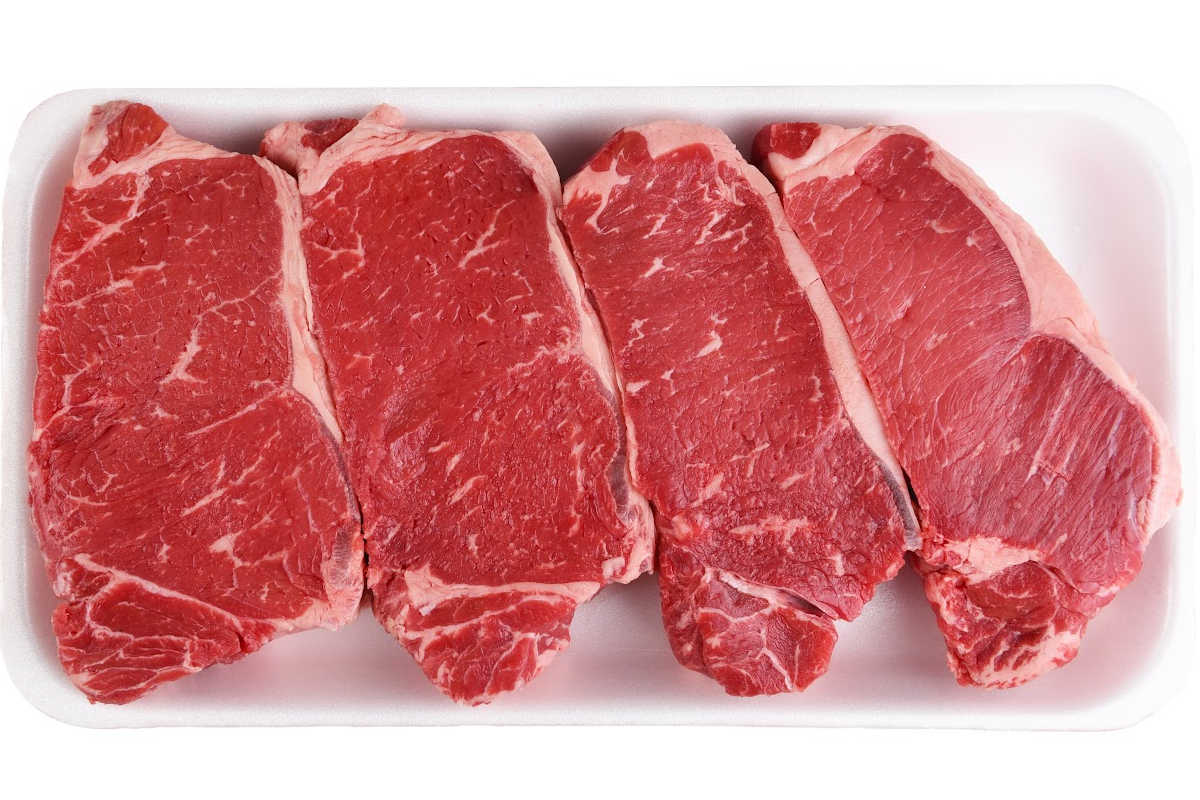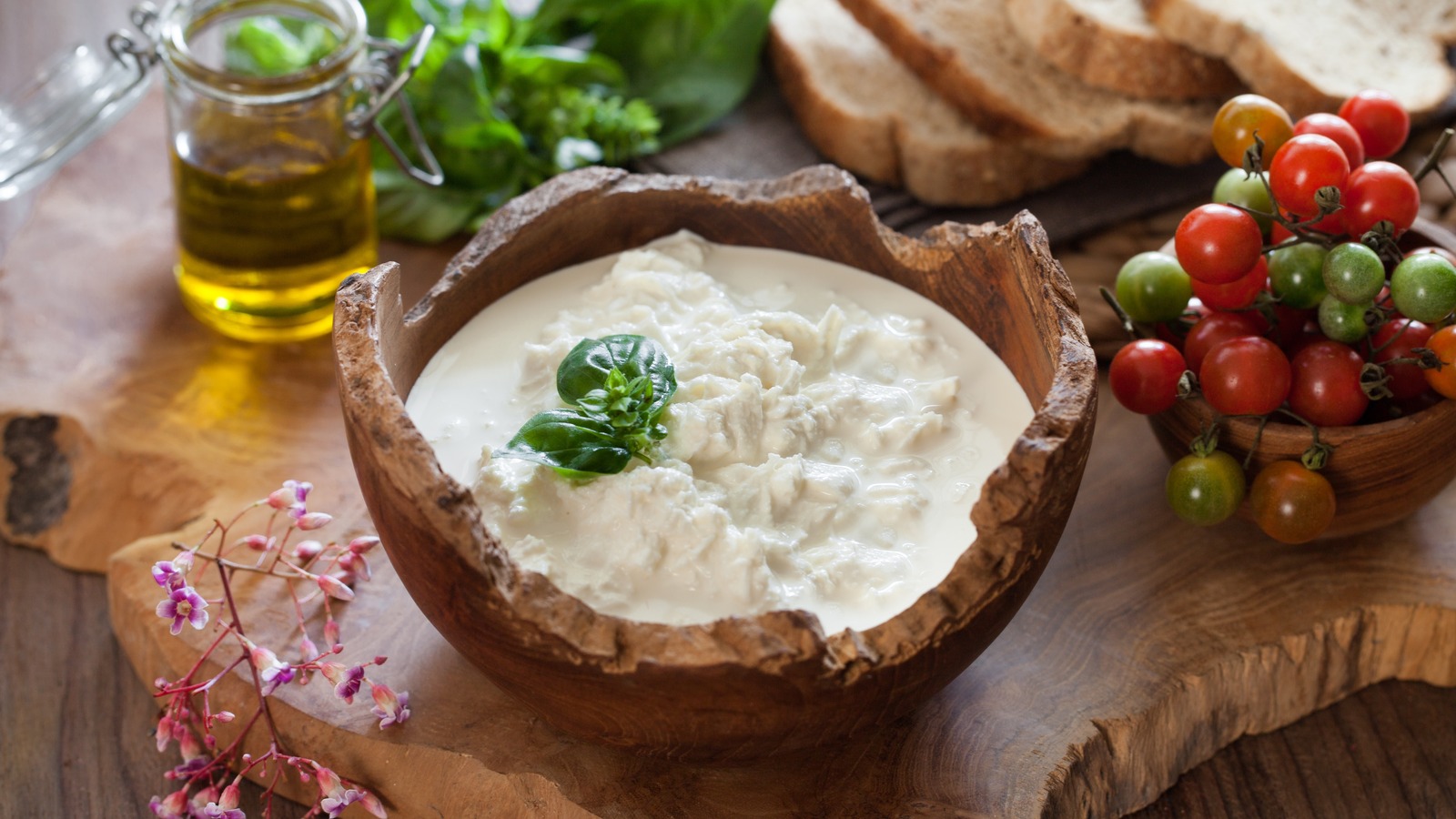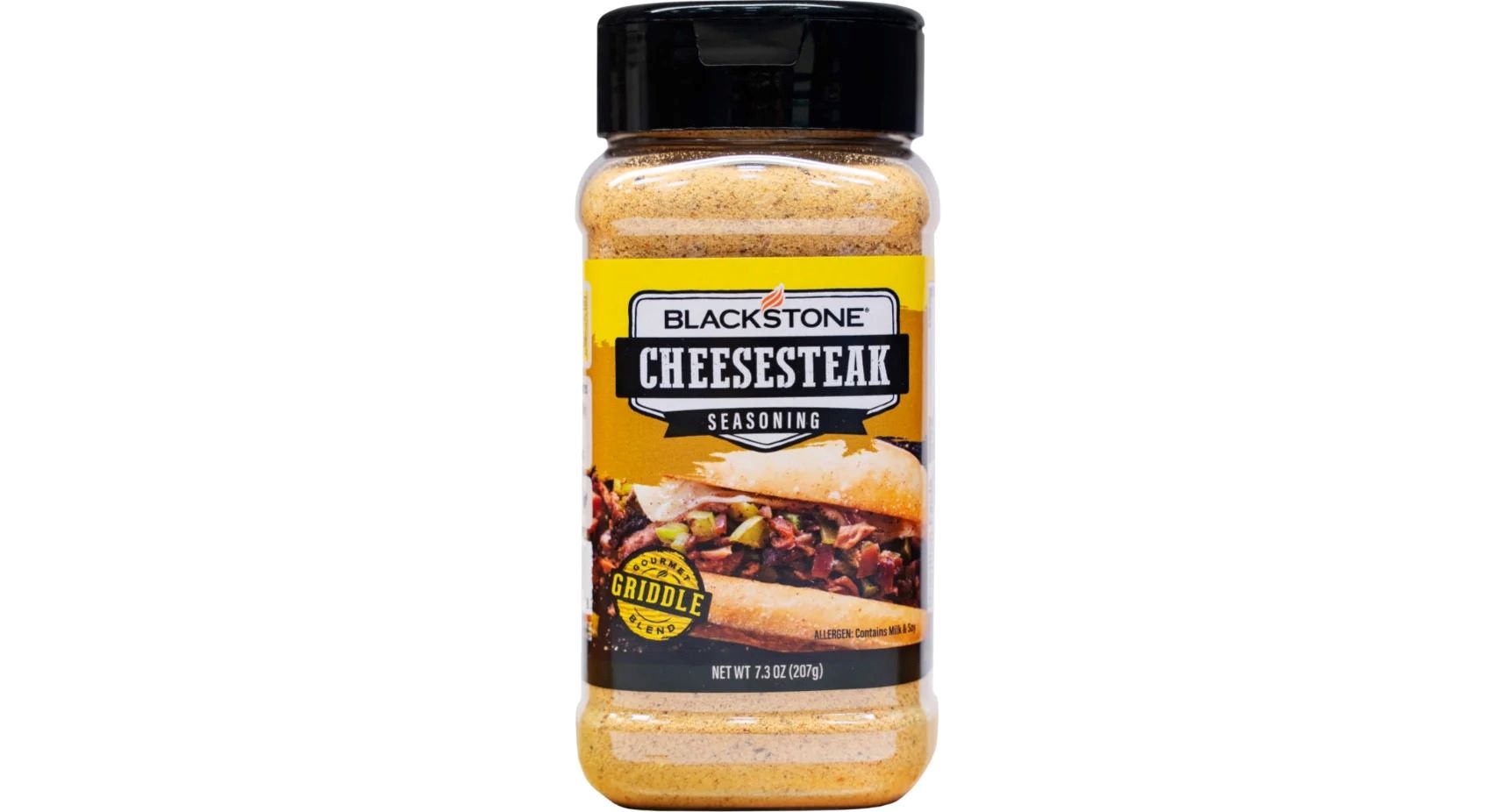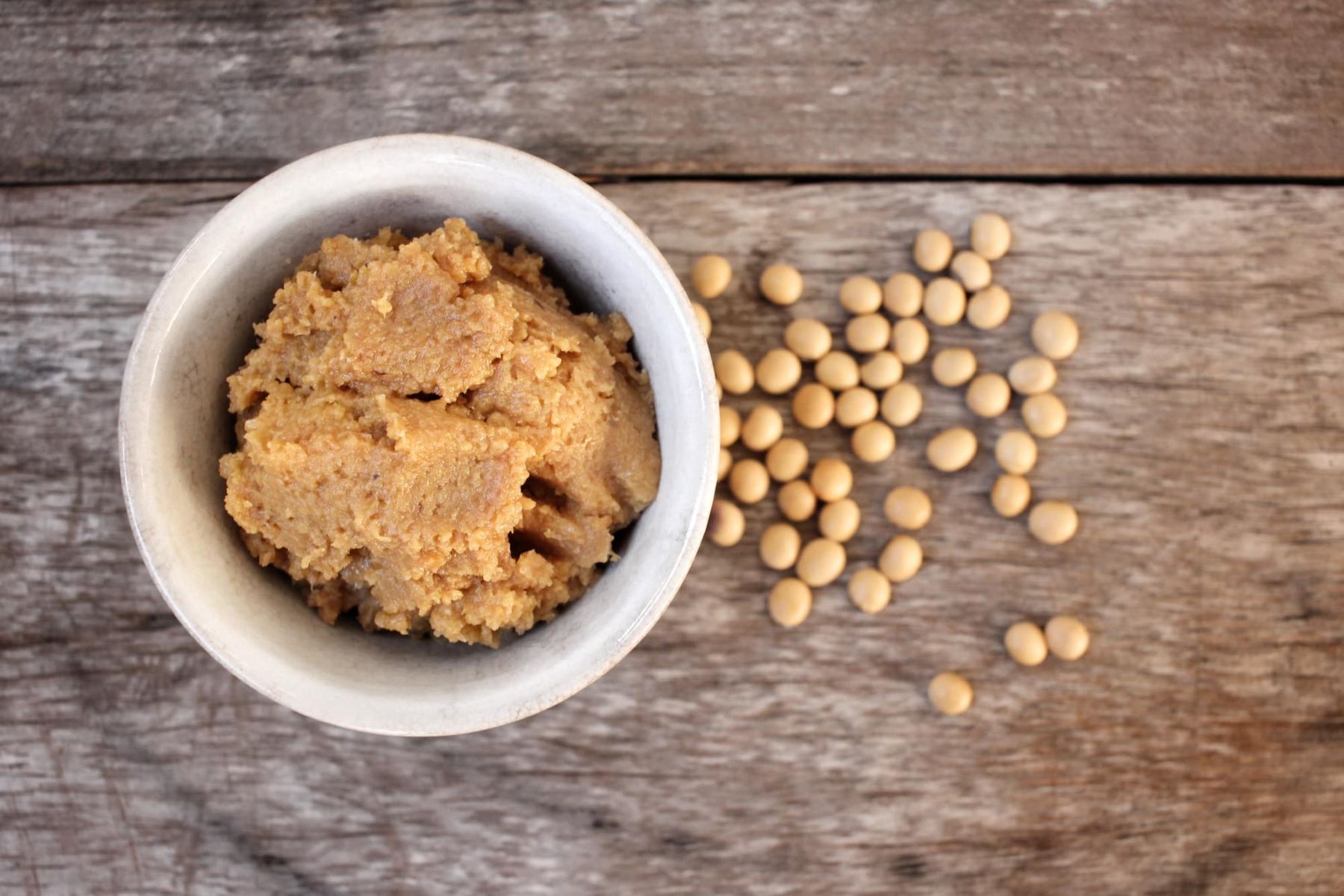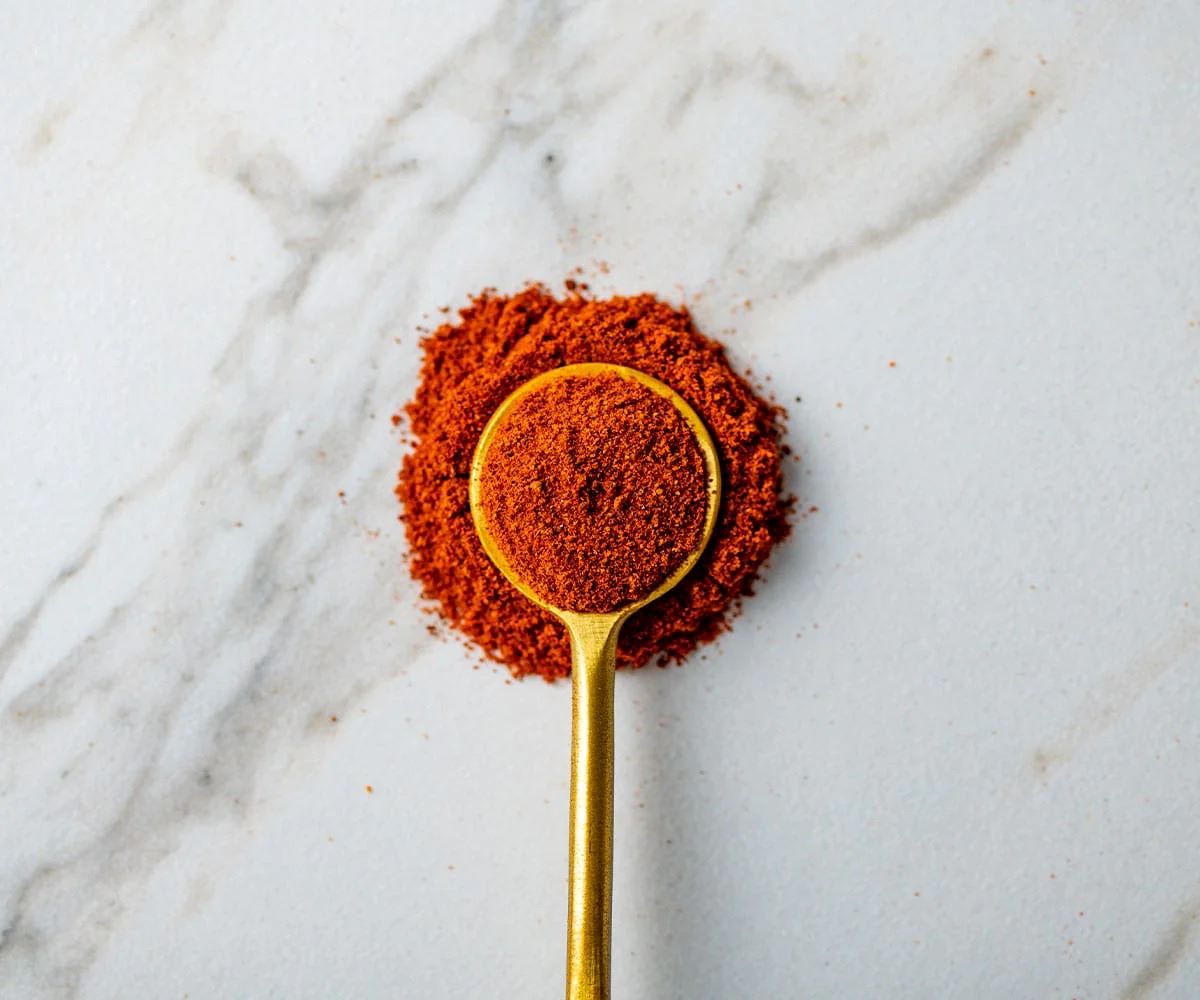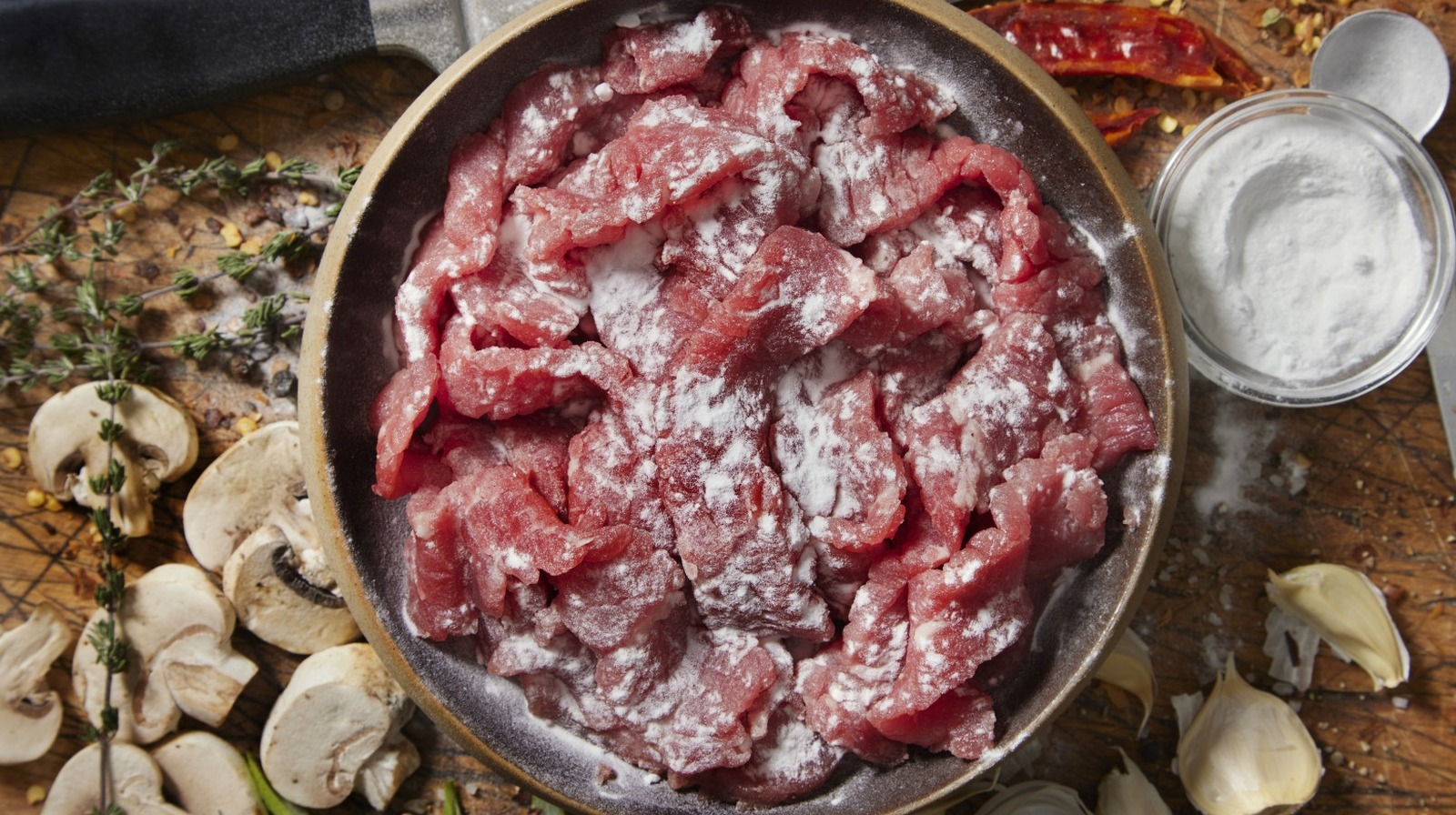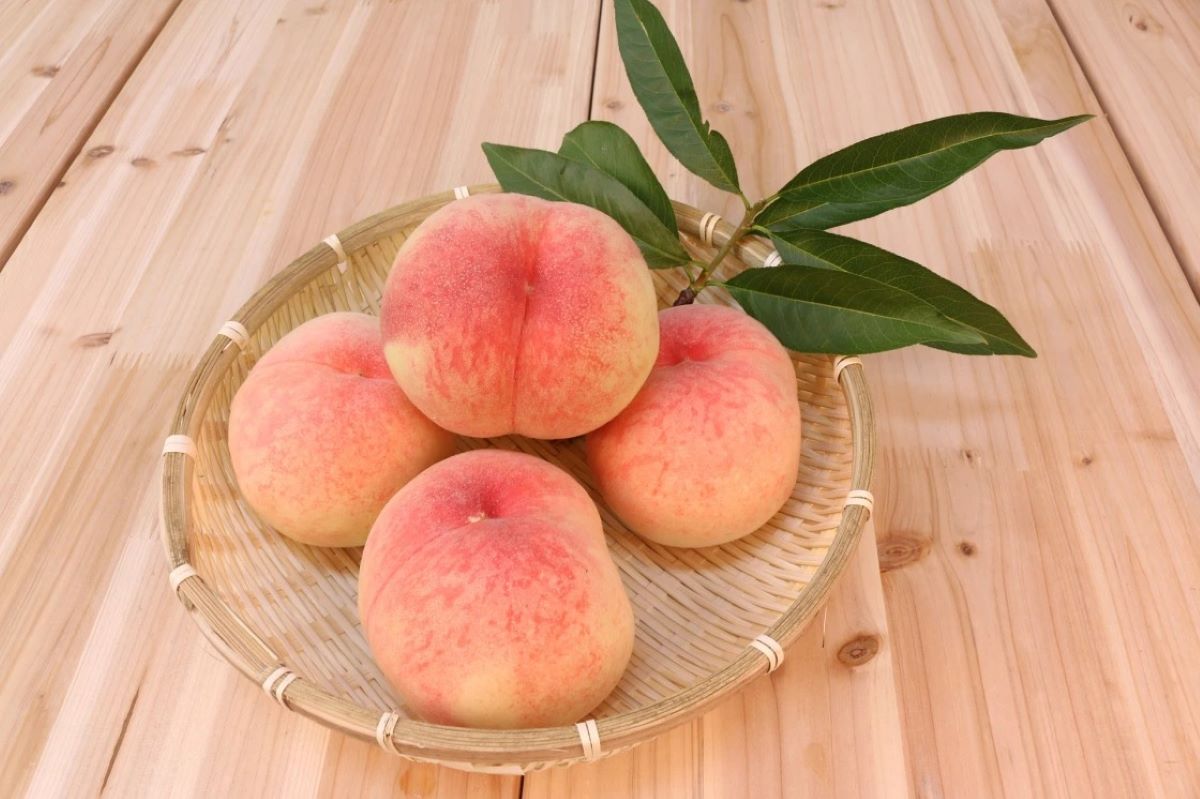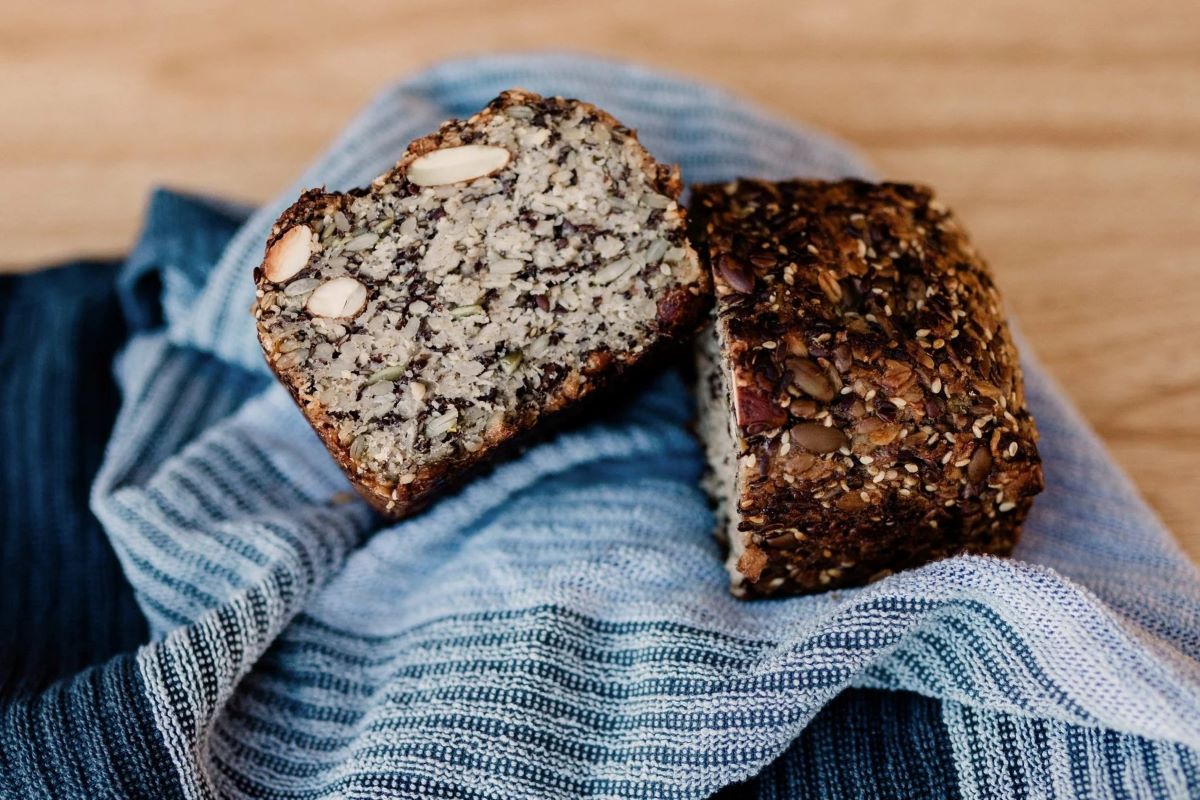When it comes to Italian cuisine, there are countless delicious and flavorful sauces that can elevate a dish to a whole new level. One such sauce that has gained popularity for its rich and savory flavor is Pizzaiola sauce. If you've ever wondered what exactly Pizzaiola sauce is and how it's used, you've come to the right place. In this article, we'll explore the origins of Pizzaiola sauce, its ingredients, and how it can be incorporated into your culinary creations.
Origins of Pizzaiola Sauce
Pizzaiola sauce has its roots in the traditional cuisine of Naples, Italy. The name "Pizzaiola" is derived from the Italian word "pizzaiolo," which means "pizza maker". This sauce was originally created to be used as a topping for pizza, adding a burst of flavor to the classic Italian dish. Over time, Pizzaiola sauce has evolved to be used in various other culinary applications, thanks to its robust and versatile nature.
Ingredients
The beauty of Pizzaiola sauce lies in its simplicity. The key ingredients typically include:
- Tomatoes: Whether fresh or canned, tomatoes form the base of Pizzaiola sauce, providing a rich and tangy flavor.
- Garlic: This aromatic ingredient adds depth and complexity to the sauce.
- Oregano: A staple herb in Italian cooking, oregano infuses the sauce with its distinctive earthy and slightly bitter notes.
- Basil: Known for its sweet and slightly peppery flavor, basil adds a fresh and aromatic dimension to the sauce.
- Olive Oil: Often used as the cooking medium, olive oil contributes to the richness of the sauce.
Culinary Uses
While Pizzaiola sauce was originally intended for pizzas, its versatility allows it to be used in a variety of dishes. Here are some popular ways to incorporate Pizzaiola sauce into your cooking:
- Chicken Pizzaiola: This classic Italian-American dish features chicken smothered in Pizzaiola sauce, creating a hearty and flavorful entrée.
- Pasta: Pizzaiola sauce can be tossed with your favorite pasta for a quick and satisfying meal. Add some grated Parmesan cheese for an extra indulgent touch.
- Meatballs: Whether served as a main course or in a sub sandwich, meatballs simmered in Pizzaiola sauce are sure to be a hit.
- Vegetables: Use Pizzaiola sauce as a topping for roasted or grilled vegetables to add a burst of Mediterranean flavor to your side dishes.
Making Pizzaiola Sauce at Home
If you're eager to try your hand at making Pizzaiola sauce from scratch, the process is relatively straightforward. Start by sautéing minced garlic in olive oil until fragrant, then add in the tomatoes, oregano, and basil. Allow the sauce to simmer and thicken, and season it with salt and pepper to taste. The result is a vibrant and aromatic sauce that can be used in a multitude of dishes.
In conclusion, Pizzaiola sauce is a versatile and flavorful addition to any cook's repertoire. Whether used as a pizza topping, a pasta sauce, or a braising liquid, its robust flavors are sure to impress. So, the next time you're looking to add a taste of Italy to your cooking, consider incorporating Pizzaiola sauce for a truly authentic experience.
Was this page helpful?
Read Next: What Is Maki Mono Roll
